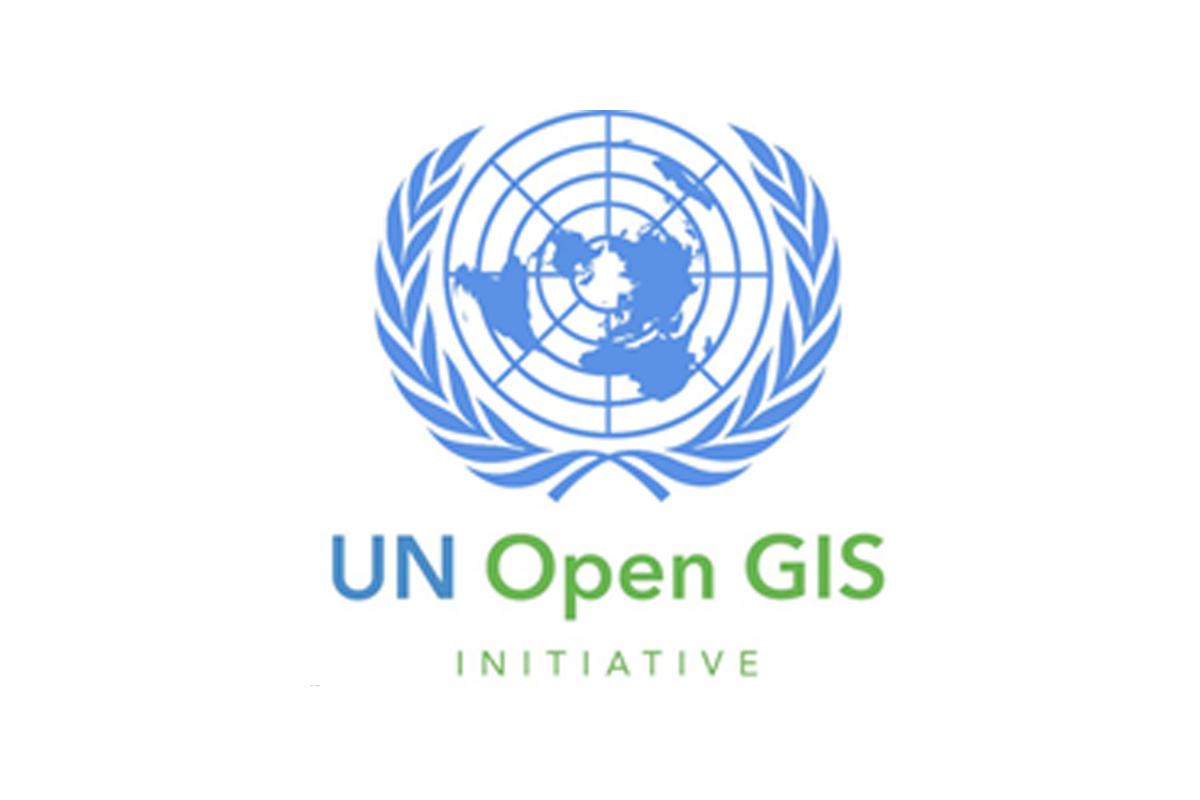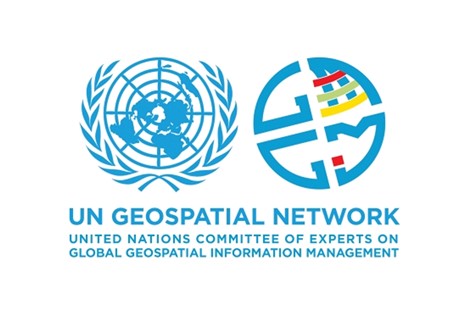
| UN Photo / Luca Nestola
UN Maps offers numerous partnership opportunities for humanitarian agencies and UN agencies, funds, and programs, aiming to enhance geospatial capabilities and support mission-critical operations. Partners can collaborate with UN Maps to leverage high-resolution imagery, detailed street-level maps, and comprehensive geospatial data for improved planning and response efforts. By integrating their data with UN Maps, partners can enhance data accuracy and operational efficiency. Joint training programs and capacity-building initiatives are available to strengthen geospatial skills within their organizations. Additionally, partners can engage in collaborative mapping projects, sharing expertise and resources to create valuable geospatial solutions that support humanitarian aid, disaster response, and sustainable development initiatives. These partnerships foster a synergistic approach to addressing global challenges through advanced geospatial technology.
Collaboration Opportunities
Are you an NGO supporting local community building, a university doing cutting edge research on open geospatial data or a big mapping organisation? You may be interested in partnering with UN Maps!
We are pleased to welcome contributions from the overall community in order to enhance our tools and services in support of the UN mandates. In particular, we welcome:
Contributions on the software side: leveraging open source technologies to improve services like routing or geocoding, OpenStreetMap data quality or history checks, tools for feature identification or assisted mapping;
Participation of university students in UN Maps activities, either by mapping, coding or developing academic contributions such as thesis or scientific publications;
Collaboration on the delivery of capacity building and community activities, especially with local communities living in the countries we are supporting.
Get in touch with our team through our contact form page. We are eager to hear more from you and what ideas you have for working together!

Academic Partners
Universitat Jaume I
Castellón de la Plana, Spain
Universitat Politecnica de Valencia
Valencia, Spain
Politecnico di Milano
Milan, Italy
Heidelberg University
Heidelberg, Germany
Operative Partners
MINUSCA
Multidimensional Integrated Stabilization
Mission in the Central African Republic
UNMISS
United Nations Mission
in South Sudan
UNSOS
United Nations Support Office
in Somalia
OCHA
United Nations Office for the
Coordination of Humanitarian Affairs
Other Related initiatives
UN Open GIS

UN Open GIS Initiative, established in 2016, aims to identify and develop an Open Source geospatial bundle that meets the requirements of United Nations mandates and operations, taking full advantage of the expertise of partners: Member States, International Organizations, Academia, Non-Governmental Organizations and the Private sector.
It provides a unique opportunity to address mainstream Open geospatial technology and data requirements for the United Nations, International Organizations, NGOs and Humanitarian Community and for Member States in particular for developing countries.
Current developments are focused in developing a Hybrid GIS architecture and infrastructure to integrate open source and proprietary geospatial platforms to support effectively and efficiently United Nations operations.
UN Geospatial Network

The UN Geospatial Network is a coalition of entities within the United Nations System that engage in geospatial information management. The Network’s mission is to strengthen the coordination and coherence of geospatial information management within the United Nations system, including its overarching trends, technology, practices, data, needs, capacity building, and partnerships, ultimately to promote synergies and enable the United Nations system to “Deliver as One.” The Network is represented by the senior-most professionals working in the field of geospatial information management, led by a Chair, two Vice-Chairs and a Steering Group.
The United Nations Geospatial Network was established by the Committee of Experts on Global Geospatial Information Management (UN-GGIM) by its decision 7/115 made at its seventh session in 2017; its Terms of Reference were endorsed at its eighth session in 2018 by its decision 8/115; and, the initial composition of the the Network was agreed during the ninth session of UN-GGIM in August 2019 by its decision 9/102. The current composition and activities of the UN Geospatial Network are detailed here.
